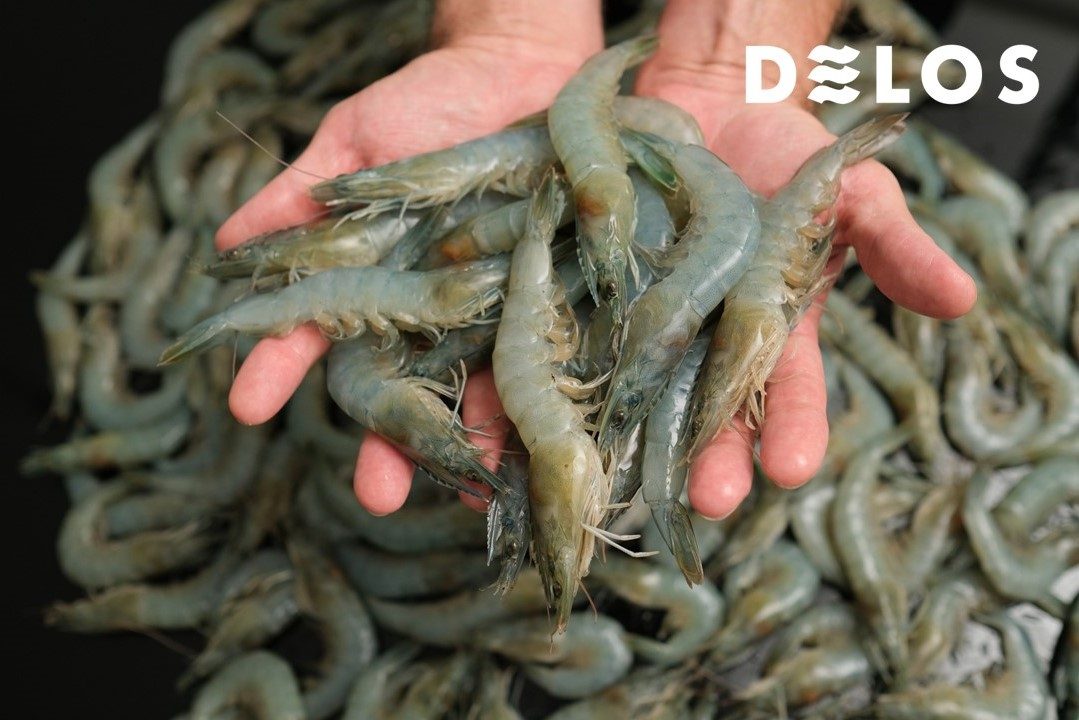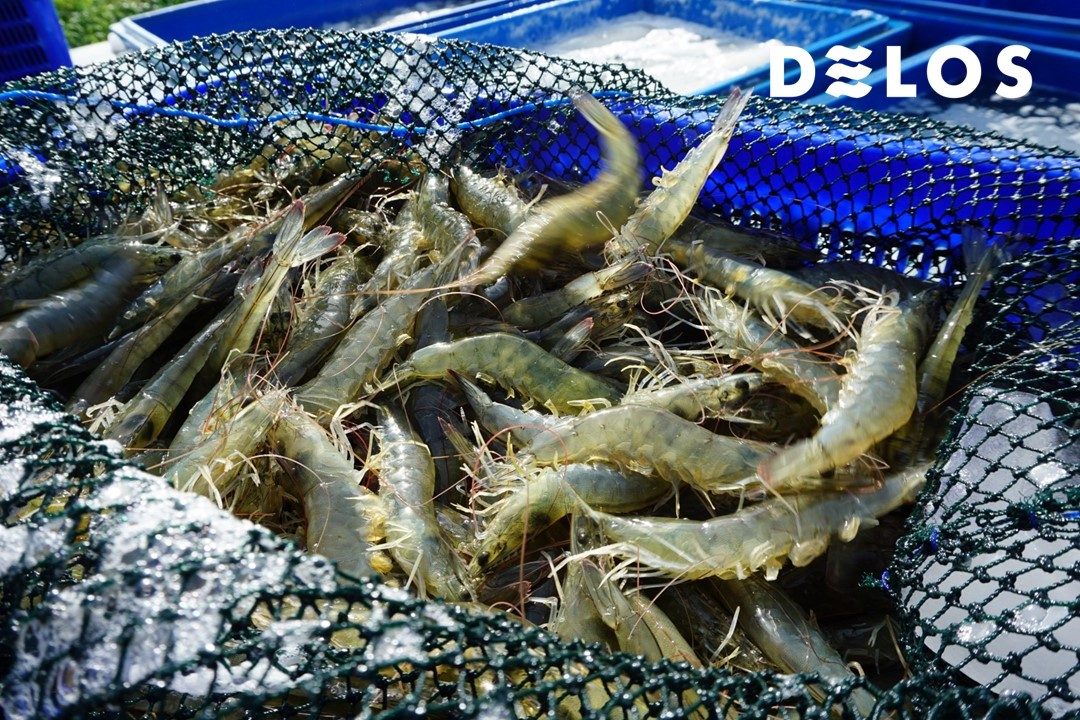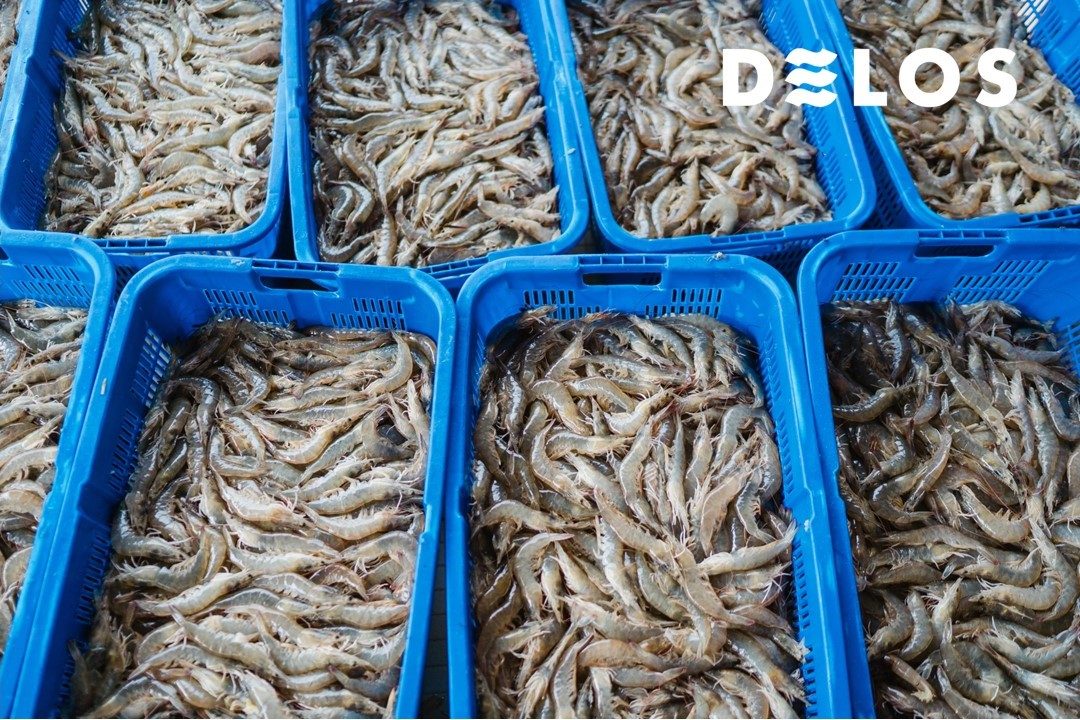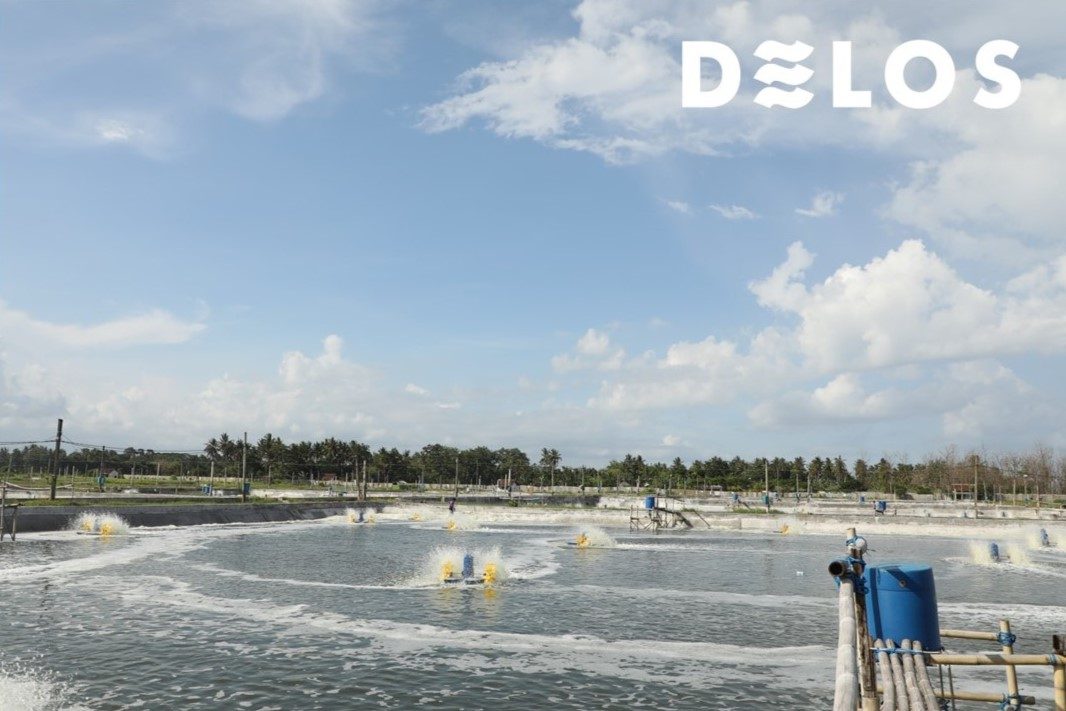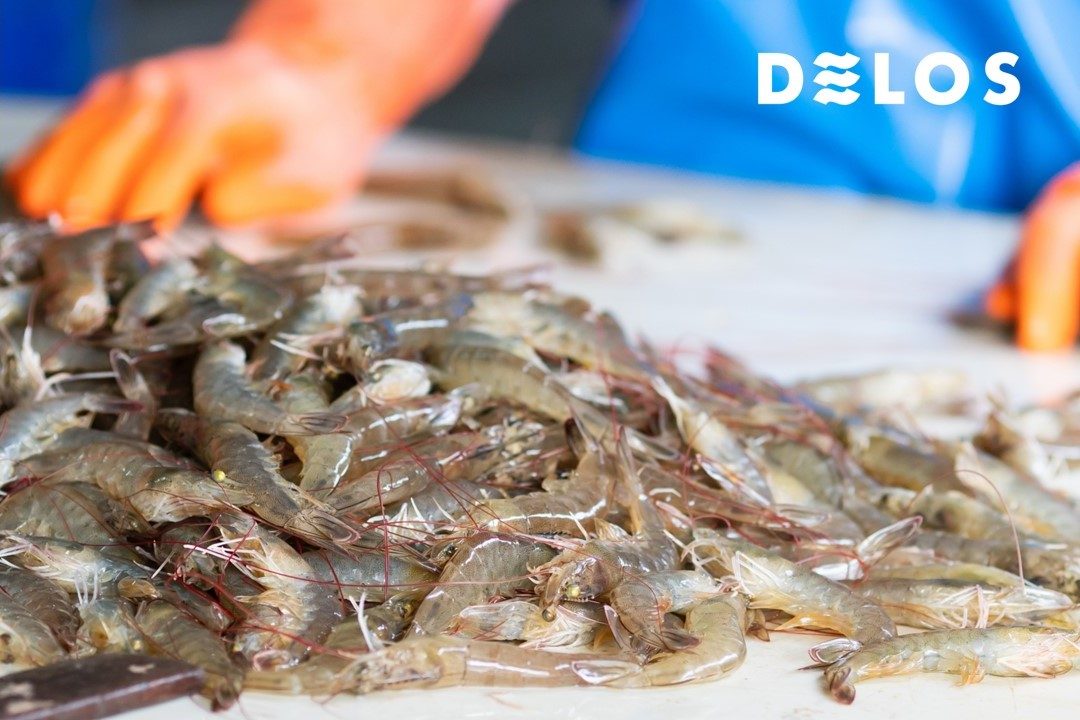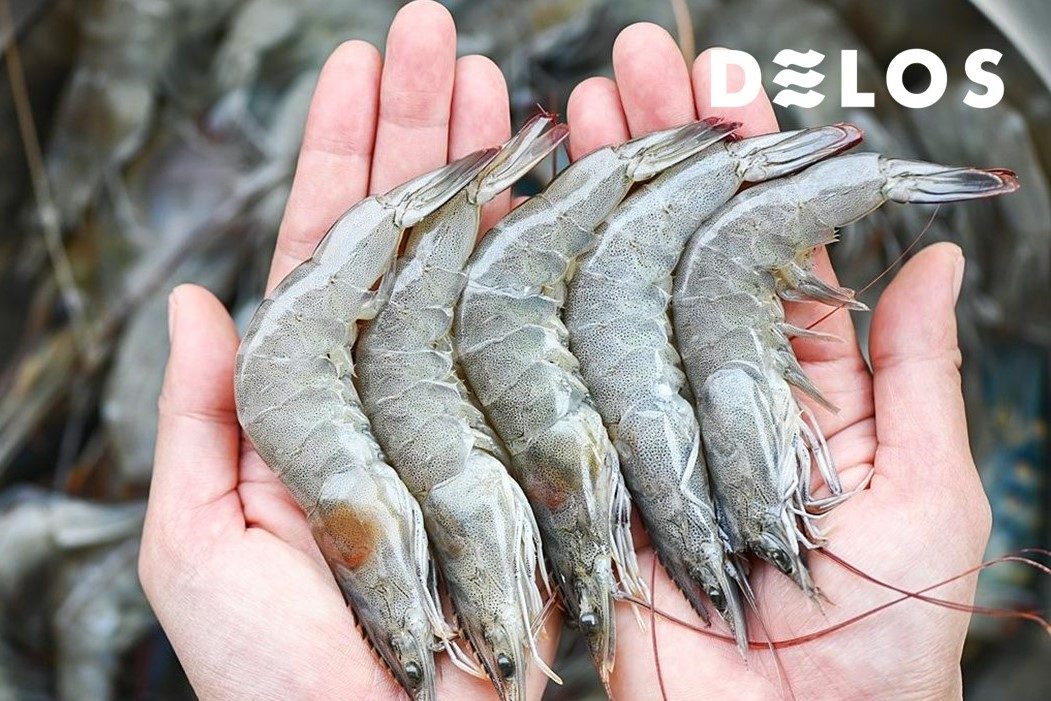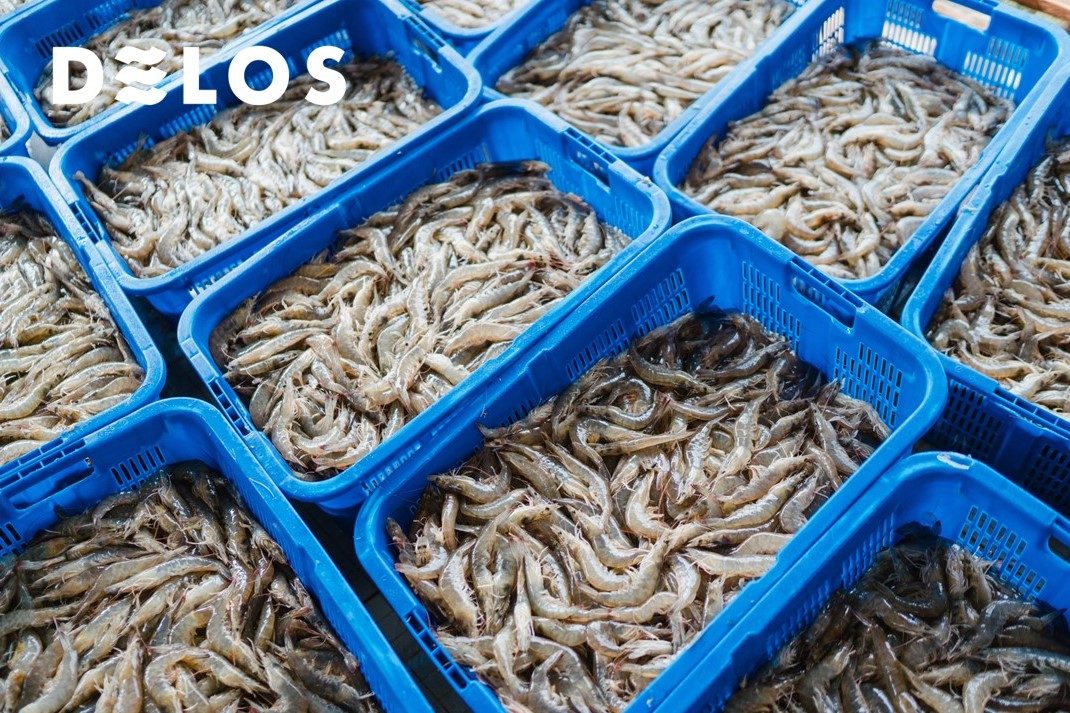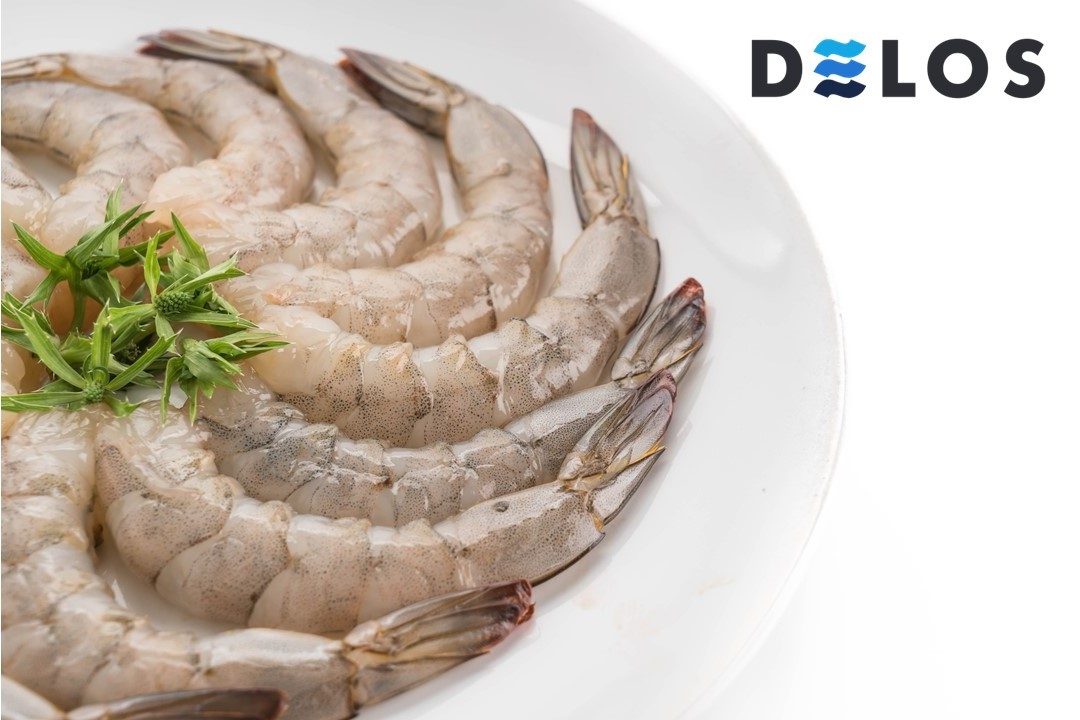Competitiveness of Indonesian Shrimp in the Global Market
As an archipelagic nation with considerable fisheries potential, the competitiveness of Indonesian shrimp in the international market still needs improvement. Indonesia is still below other countries such as Ecuador, India, Vietnam, and Thailand.
In terms of volume, Indonesian shrimp exports continue to increase annually. Data from the Ministry of Maritime Affairs and Fisheries of the Republic of Indonesia shows an average annual growth of Indonesian shrimp production at 8.42 percent.
Despite this significant production growth, challenges persist due to competition with other countries and price fluctuations. So, what is the actual competitiveness of Indonesian shrimp in the international market?
Also Read: Want to Get Fair Trade Certification for Shrimp Exports? Here’s The Way!
Indonesian Shrimp Competitiveness in the International Market
International trade in shrimp commodities continues to show significant growth year after year. This trend is expected to continue due to the increasing demand from importing countries.
Japan, the country with the largest shrimp consumption, spent as much as US$6.5 billion on shrimp imports, surpassing the United States, which allocated US$%4.4 billion annually. Other countries such as Switzerland, Germany, and Singapore, among others, also contribute significantly.
Indonesia ranks third in the United States market as the largest shrimp supplier after India and Ecuador. During the June-July 2022 period, Indonesia experienced a decrease in shrimp exports to the US. In June 2022, Indonesia supplied 10,486 MT, which dropped to 9,910 MT in July 2022.
This decline in export value is attributed to Indonesian shrimp being outcompeted by Ecuadorian shrimp, which has a lower price. The increase in shrimp production value in Ecuador is driven by excellent pond management and full support from the government and local university researchers, resulting in lower production costs and cheaper exported shrimp prices.
Although Indonesia surpasses Ecuador in terms of geographical area and pond size, many Indonesian shrimp producers have yet to utilize the land productively and sustainably. Additionally, Indonesia needs to focus on disease control and prioritise farming efficiency.
Also Read: The Efficiency of Vannamei Shrimp FCR for Successful Cultivation
Plus Points of Indonesian Shrimp
1. Superior Quality from Indonesia’s Natural Environment
One of Indonesia’s main strengths is its natural environment which supports the growth of high-quality shrimp. Adequate aquatic conditions provide an ideal environment for shrimp farming. With continually improved cultivation techniques and stakeholder support, shrimp farmers in Indonesia can obtain the best quality shrimp.
2. Increasing Awareness of Sustainable Farming
More and more shrimp farmers in Indonesia realize the importance of sustainable farming practices and compliance with international standards. Commitment to environmentally friendly farming practices, strict monitoring of feed and safe production, and compliance with food safety regulations can increase international market trust in Indonesian shrimp.
3. Product Diversification
Indonesia not only relies on the quality of its shrimp but also emphasizes product diversification and creativity in marketing. Various innovations in processed shrimp products, such as frozen shrimp, head-on and headless shrimp, peeled shrimp, and dried frozen shrimp, have provided a wider range of options for the global market.
4. Industry Collaboration and Government Support
The success of Indonesian shrimp in the international market is also driven by close collaboration between shrimp industry players, the government, and other relevant institutions. Support in the form of facilitating access to international markets, assistance in improving farming technology, and regulations supporting shrimp industry growth are all essential factors in maintaining and enhancing Indonesia’s shrimp competitiveness in the global market.
Also Read: Types of Exported Shrimp Products
Start Exporting Your Vannamei Shrimp with DELOS!
Competition among countries to secure a place in the international market is inevitable. To win this competition, shrimp producers and the Indonesian government must continue collaborating to innovate, improve product quality, and adapt marketing strategies to retain market share.
Moreover, selecting a transparent and reliable export partner is crucial in this industry. Therefore, you can choose DELOS AquaLink as a transparent and reliable export partner!
DELOS AquaLink has an excellent reputation in the industry, particularly in sustainable shrimp farming and the transparency and traceability of our shrimp products.
Contact the DELOS team via contact@delosaqua.com or submit through the contact column on our website at www.delosaqua.com. Start exporting your Vannamei shrimp with DELOS AquaLink!
__________
Source:
Aristiyani, Ririn. (2017). Analisis Daya Saing Udang Indonesia di Pasar Internasional. [Undergraduate Thesis]. Bandar Lampung: Universitas Lampung
Tajerin.; Muhammad Noor. (2004). Daya Saing Udang Indonesia di Pasar Internasional: Sebuah Analisis Dengan Pendekatan Pangsa Pasar Menggunakan Model Ekonometrika. Jurnal Ekonomi Pembangunan Vol. 9 No. 2, Desember 2004 Page 177-91
TROBOS Aqua. (2022). Bangkitnya Udang Ekuador di Pasar As. Majalah TROBOS Aqua edisi 124/15 September – 14 Oktober 2022



